There is no occasion of the year in Vietnam more grand and memorable than Tet. On this special day, the whole country is a beautiful symphony of red lanterns and yellow apricot blossoms, combined with the sophistication of the ao dai worn by people of all classes. While other regions in East Asia, influenced by Chinese civilization, celebrate the Lunar New Year, Vietnamese Tet has a deeper meaning than just a New Year celebration.
Tet is a sacred transition from the old to the new, a time for family reunion and reconciliation of misunderstandings. It is also an opportunity for people to connect more with nature, our heritage and our better selves - the person we want to become in the new year.
Although it is a Vietnamese cultural practice, many foreigners are also interested in this special event. The Houston Chronicle, one of the largest newspapers in the United States, founded in 1901, published an article about Vietnamese Tet jam.
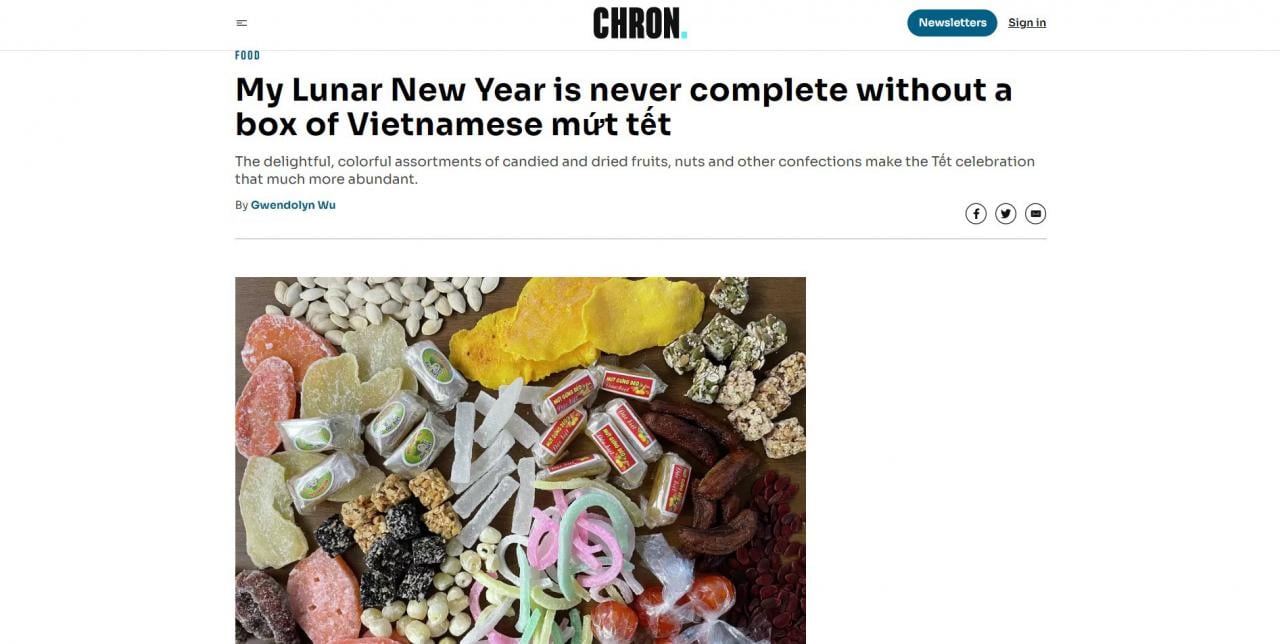
According to Chronicle's writer, the variety and color of dried fruits, nuts and candies in the jam box makes Tet much richer.
"Mút Tết is probably the most popular Tet food in Vietnamese families. The candies, especially popular with children, are often eaten as a snack while drinking tea. As family and friends go from house to house to celebrate Tet, they will exchange boxes of red and gold-colored Mút Tết, accompanied by lucky red envelopes and good wishes," the article shared.
Meanwhile, South African writer/blogger Bridget Langer of the travel site Travel Dudes was extremely impressed by the myriad of colors of flowers used by Vietnamese people to celebrate Tet.
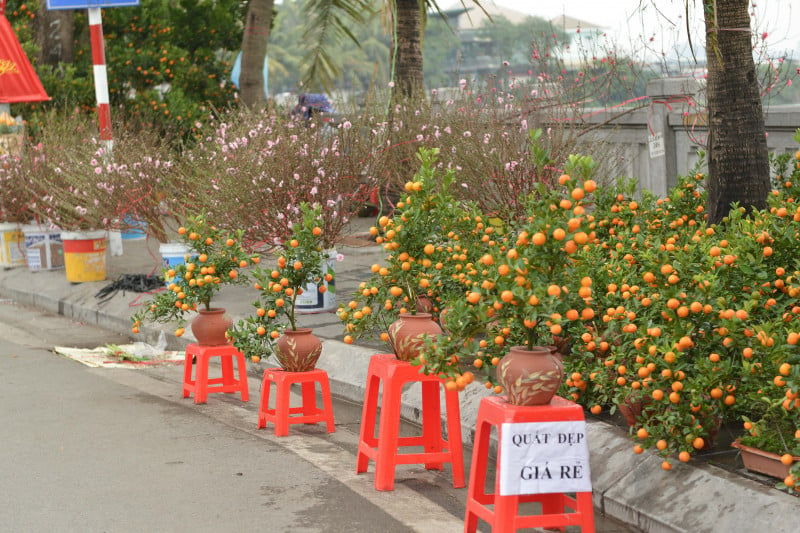
"In addition to 'fatty meat, pickled onions, and red parallel sentences', on Tet holiday in every Vietnamese family, there must be bright yellow kumquat trees, peach blossoms, and yellow apricot blossoms as symbols of luck in the coming new year," the article shared.
Although a foreigner, the South African writer clearly felt the joyful atmosphere, peach blossoms, apricot blossoms, and kumquat trees showing off their beauty with their outstanding colors for the traditional Tet holiday. Vietnamese people decorate their homes and offices with these ornamental plants during Tet as a symbol of warmth, wealth, and luck for the country's biggest holiday.
The editors of the culinary site Slurrp were impressed with the traditional Vietnamese Tet cake: banh tet.
"Made from sticky rice, mung beans and fresh pork pieces, this traditional Vietnamese cake has deep cultural significance," Slurrp's article begins.
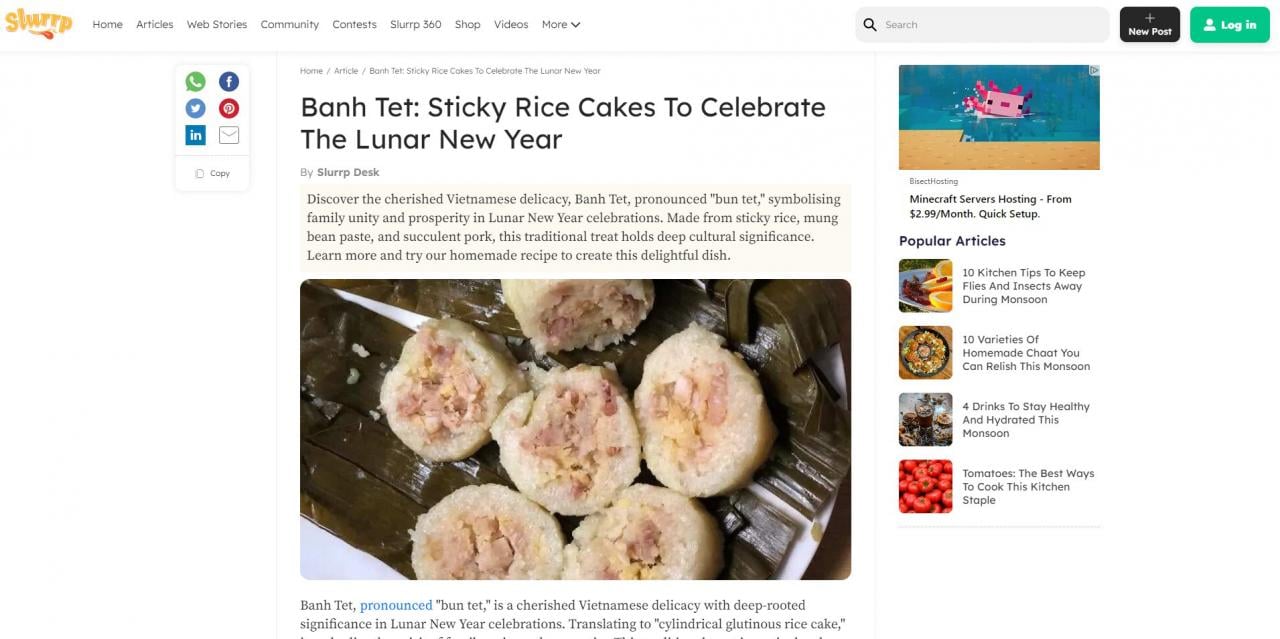
The article also discusses the origin and cultural significance of banh tet. Over the centuries, the tradition of making banh tet has grown and become an integral part of Vietnamese New Year customs. The cylindrical shape of the cake symbolizes continuity and unity, reflecting the hope for a prosperous and uninterrupted future. Today, banh tet remains an indispensable part of family reunions, ancestor worship and cultural preservation, nurturing a deep sense of identity and heritage among the Vietnamese people.
According to Slurrp, in addition to banh tet, each region in Vietnam also has similar and attractive variations.
In the North, the cakes are large squares and wrapped in green banana leaves. The fillings usually include mung beans, pork and sometimes black pepper for added flavor. In the South, the cakes are smaller, wrapped in coconut leaves and have a sweeter taste. The fillings include mung beans, but can also incorporate sweet ingredients such as coconut, sugar cane and even durian.
Meanwhile, the central region has a unique version called banh chung, which is similar to banh tet but square in shape. The filling usually includes mung beans, pork, and other regional ingredients such as shrimp or stir-fried mushrooms.
Tet cakes from the Central Highlands are filled with wild game or local herbs, giving them a distinctive earthy flavor. They can also be wrapped in a variety of native leaves.
Synthetic
Source



![[Photo] Readers line up to visit the photo exhibition and receive a special publication commemorating the 135th birthday of President Ho Chi Minh at Nhan Dan Newspaper](https://vphoto.vietnam.vn/thumb/1200x675/vietnam/resource/IMAGE/2025/5/17/85b3197fc6bd43e6a9ee4db15101005b)

![[Photo] More than 17,000 candidates participate in the 2025 SPT Competency Assessment Test of Hanoi National University of Education](https://vphoto.vietnam.vn/thumb/1200x675/vietnam/resource/IMAGE/2025/5/17/e538d9a1636c407cbb211b314e6303fd)

![[Photo] Prime Minister Pham Minh Chinh chairs meeting on science and technology development](https://vphoto.vietnam.vn/thumb/1200x675/vietnam/resource/IMAGE/2025/5/17/ae80dd74c384439789b12013c738a045)






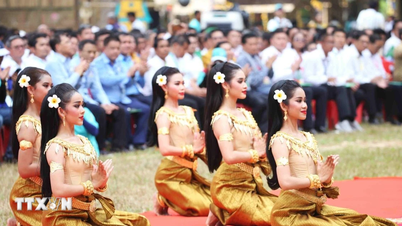

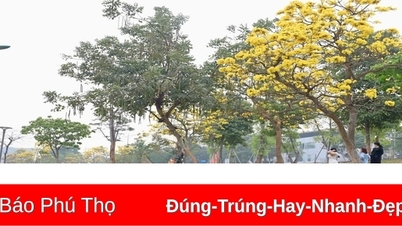



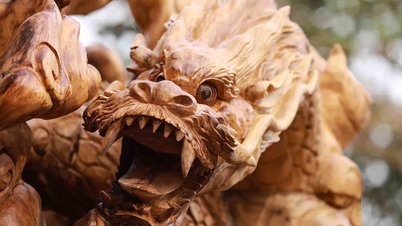
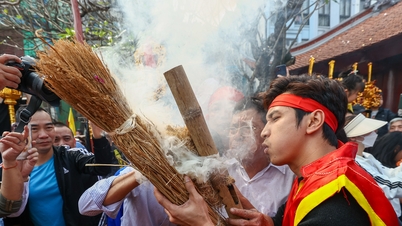
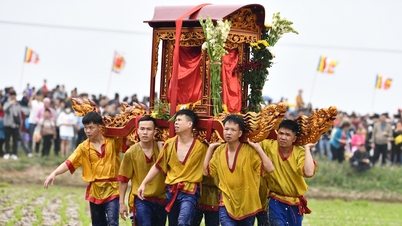











![[Photo] Nearly 3,000 students moved by stories about soldiers](https://vphoto.vietnam.vn/thumb/1200x675/vietnam/resource/IMAGE/2025/5/17/21da57c8241e42438b423eaa37215e0e)

















































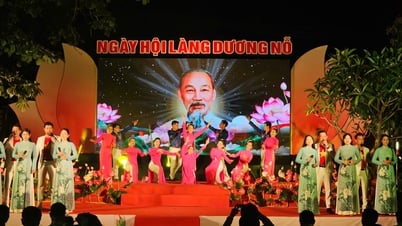


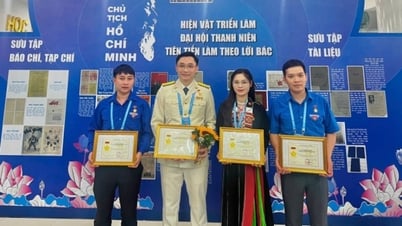














Comment (0)